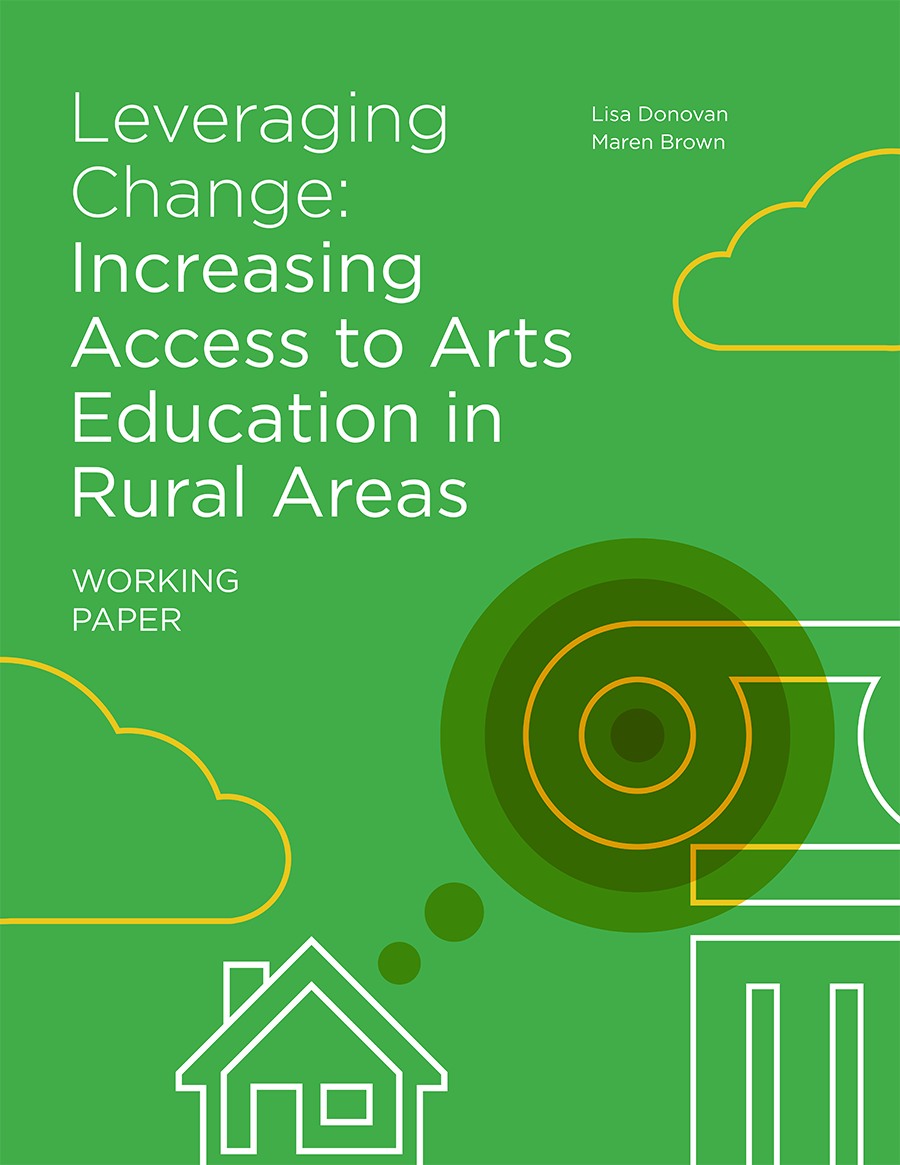Arts and Community Development
If there is in society a collective consciousness, then art is its imagination. Imagination is different from fantasy, which conjures up desires divorced from reality; imagination is creative problem solving that assesses what is available and re-creates it into something new, better, or self-satisfying. Detroit has been short on many things over the past fifty years — economic prosperity, functioning city services, racial justice, validation — but it is astonishingly long on imagination and creative problem solving.
Read More...May 2017, 107 pages.
Download:
Read More...As our country prepares for a Trump presidency, the issue of economic revitalization in rural American has much more urgency than eight months ago when I started collecting data for this work. Here is a sampling of headlines from coverage by the New York Times of the economic decline in the rust belt, or more specifically, coal country and Appalachian towns: “Trump’s Promises Will Be Hard to Keep, but Coal Country Has Faith” (Nov. 28, 2016); “A Bleak Outlook for Trump’s Promises to Coal Miners” (Nov.
Read More...What can you do when times are uncertain, and yet a clear opportunity to advance a collective agenda presents itself? Take action.
Read More...In 2015, Americans for the Arts partnered with the National Endowment for the Arts to conduct the Local Arts Agency Census, the most comprehensive survey of the local arts agency field ever conducted. Its purpose was to illuminate the ever-adapting role these organizations play in ensuring the arts have a vital presence in every community.
What Is a Local Arts Agency?
Read More...I was lucky as a young artist, with the ink still drying on my BFA, to learn about working in the public art field through a Minneapolis-based CETA program in 1977. CETA (Comprehensive Employment Training Act) was a federal jobs program that included several arts initiatives around the country. As gallery director of City Art Productions — the name of the one-year program initiated by Melisande Charles at the Minneapolis Arts Commission — I got to organize exhibits of CETA artists at libraries, plazas, government centers, and parks throughout the city.
Read More...The first project for Artspace, a nonprofit organization that develops affordable spaces for artists, was in an area of Saint Paul, Minnesota, that was, if not depressed, at least neglected. Starting in the late 1980s, Artspace redeveloped a six-story warehouse into fifty-two live/work units for artists, plus office, studio, and commercial space for nonprofit arts organizations and other tenants. At the time, the Lowertown area of Saint Paul was home to a number of empty or underused warehouses. The Northern Warehouse Artists’ Cooperative opened in 1990.
Read More...The woman on the phone was friendly but insistent. “Look,” she said, “more and more artists and arts organizations are taking on cross-sector community-based work. But this is a complex gig, and, unfortunately, many of them are in over their heads.” It was a blunt assessment, but I knew she was right. “Yeah, I’m seeing the same thing out in the field. So, what do you think is needed?” Her response? … One word: “Training!”
Read More...In 2008 I wrote Le facteur C (later translated as No Culture, No Future) because I felt an urgent need to respond to a troubling trend: a growing chasm between the art experiences that were being offered by arts professionals and those being sought out by an ever-growing portion of the public. My book argued that for the arts to thrive and to be a force in our everyday lives, the professional arts sector needed to do more and differently to engage people in the arts in meaningful, life-enriching ways.
Read More...What do you believe the arts sector ought to look like twenty years from now? This is a question that every arts funder should be able to answer with a healthy amount of specificity. Whether arts funders choose to acknowledge it or not, much of what we do shapes the future of the field. This point is not intended to give arts funders more power than we actually have but to acknowledge reality. Funders’ actions — including when we choose not to act — prioritize, privilege, and capitalize particular models over others.
Read More...
